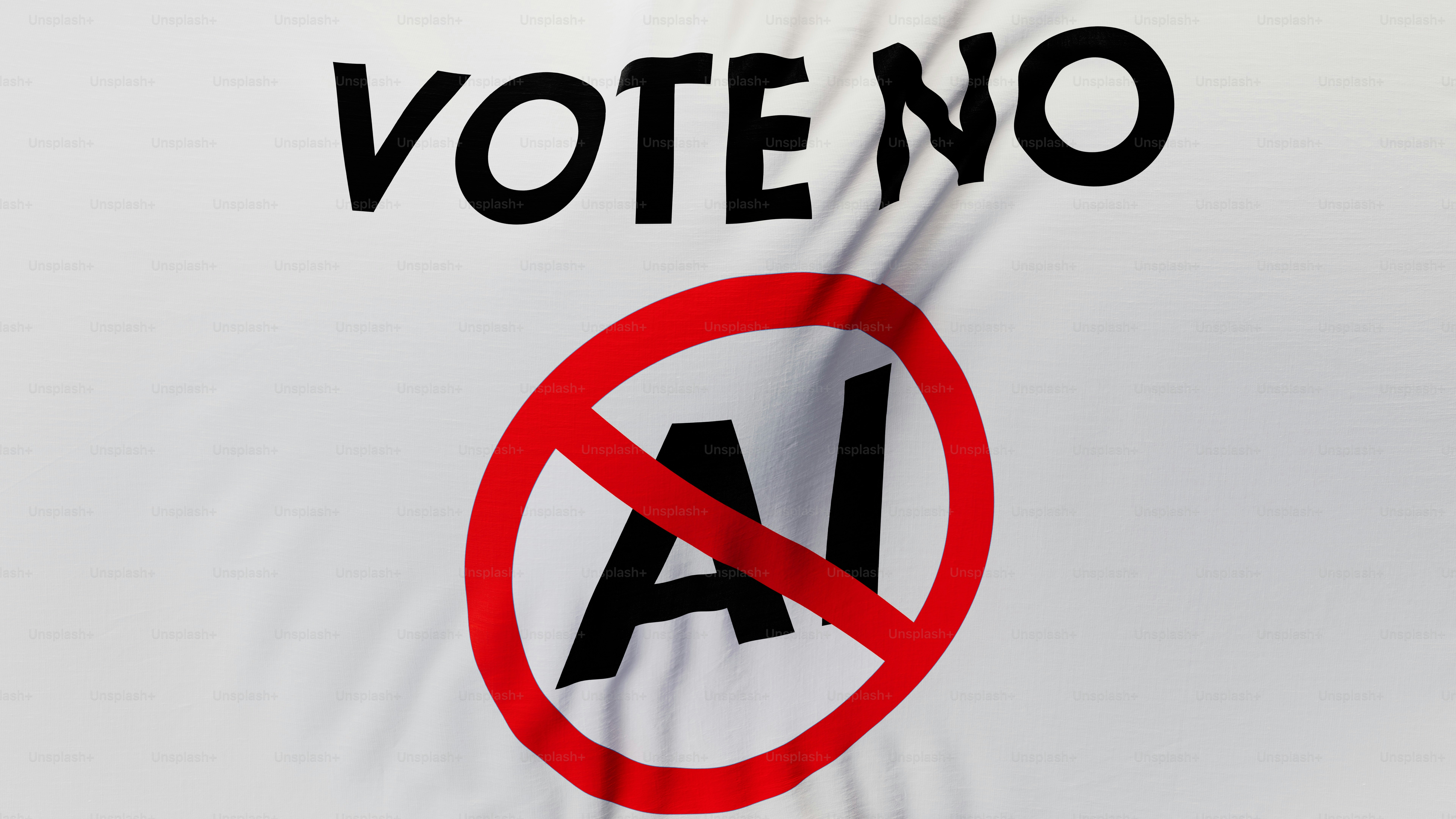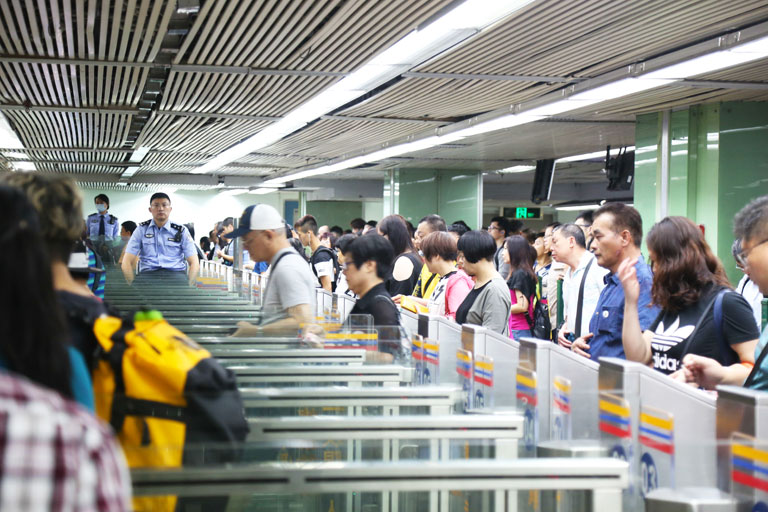Alright, folks, let’s break down what the People’s Bank of China (PBOC) just did. Today, the PBOC injected a net 22.2 billion yuan into the market via reverse repos, and a whopping 23.38 billion yuan for the entire week. That’s a significant push, and frankly, it’s raising eyebrows.
Now, the numbers: 250.5 billion yuan in 7-day reverse repos were conducted today, offsetting 28.5 billion yuan in maturing repos. For the week as a whole, 808 billion yuan in reverse repos were rolled out, battling against 474.2 billion yuan in repo and 100 billion yuan in Medium-term Lending Facility (MLF) maturities.
Is this a signal of confidence? Or is the PBOC subtly trying to cushion the economy from potential headwinds? It’s a question we need to keep asking. Let’s dive deeper into understanding reverse repos and MLF.
Knowledge Point: Understanding PBOC’s Tools
Reverse repos are essentially short-term loans from commercial banks to the PBOC. They inject liquidity when banks need cash. Think of it as the PBOC temporarily borrowing from banks.
MLF, on the other hand, provides medium-term funding to financial institutions. It has a longer tenor, typically one year, offering more sustained support. It is a more significant policy signal.
These are key tools in the PBOC’s monetary policy toolkit, used to manage interest rates and liquidity conditions. Watching these operations is crucial for understanding the central bank’s intentions.
Let’s not forget, increasing liquidity usually means a willingness to support economic growth. However, it also raises questions about the underlying health of the financial system. Is the PBOC proactively smoothing things over, or reacting to mounting pressure? We’ll be watching closely.







